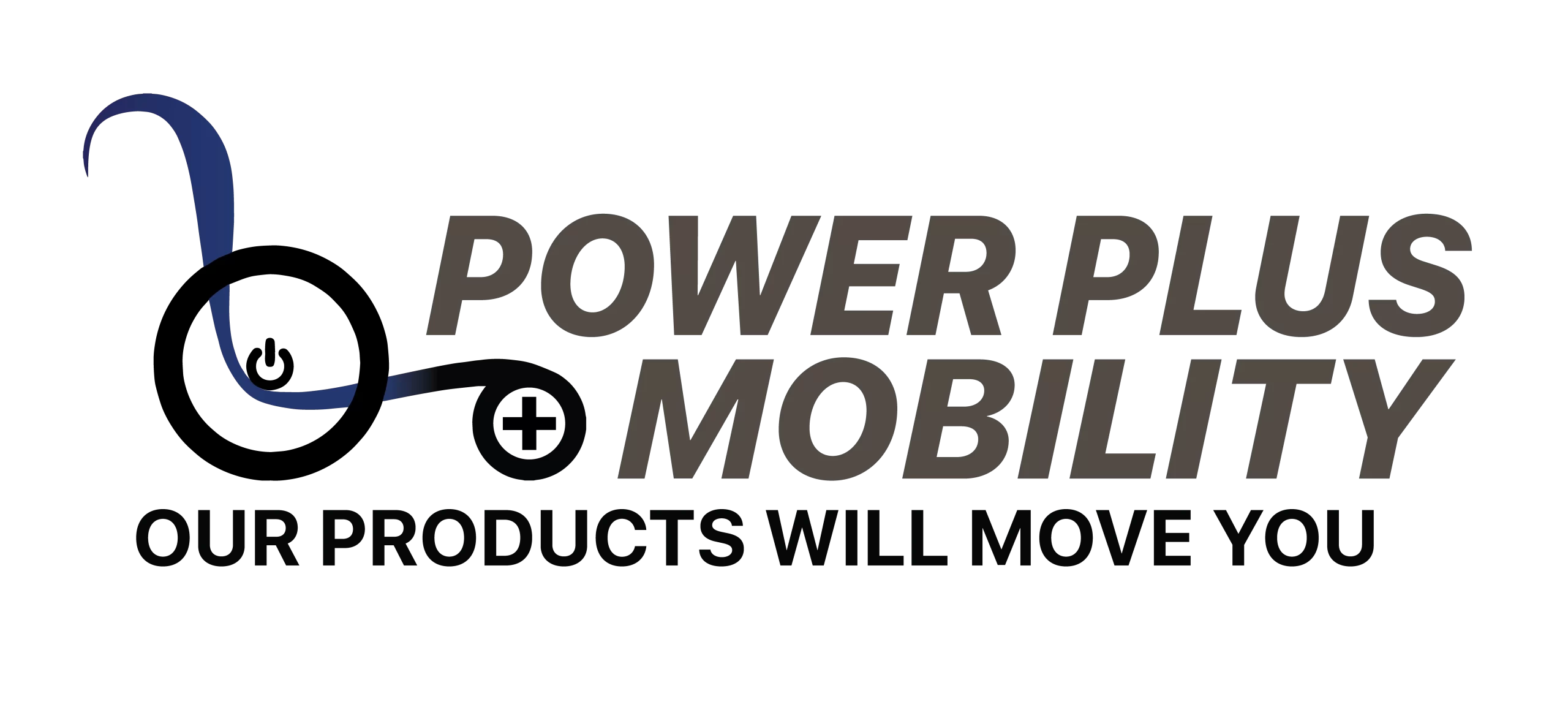
Proper wheelchair sizing and fitting represents the foundation of comfortable, safe, and effective mobility. Like a well-tailored suit, a correctly fitted wheelchair should feel like a natural extension of your body rather than a compromise you must endure. At Power Plus Mobility, our commitment to creating wheelchairs “exactly the way you wanted” begins with understanding that every individual has unique body dimensions, postural needs, and functional requirements that demand personalized fitting approaches.
The difference between a properly fitted wheelchair and one that’s merely “close enough” affects every aspect of daily life – from comfort and independence to long-term health outcomes and quality of life. Poor wheelchair fitting can lead to pressure sores, postural problems, decreased function, and premature equipment failure, while proper fitting enhances comfort, promotes good health, and maximizes the wheelchair’s effectiveness for daily activities.
Understanding wheelchair sizing principles empowers you to make informed decisions about your mobility equipment while ensuring that choosing the right wheelchair results in equipment that truly serves your individual needs rather than forcing you to adapt to inadequate dimensions or uncomfortable positioning.
The Science Behind Proper Wheelchair Fitting
Wheelchair fitting involves complex interactions between human anatomy, biomechanics, and equipment design that require careful measurement and analysis to achieve optimal outcomes. Unlike clothing sizes that accommodate general body proportions, wheelchair fitting must address individual variations in torso length, hip width, thigh length, and postural alignment while considering functional needs and personal preferences.
Body measurements provide the starting point for wheelchair fitting, but effective fitting extends beyond simple dimensions to include weight distribution patterns, pressure sensitivity, range of motion limitations, and postural support requirements. These factors interact to determine optimal seat dimensions, backrest configuration, and positioning features that promote comfort while supporting function and health.
The relationship between sitting posture and wheelchair dimensions affects circulation, breathing, digestion, and overall comfort throughout daily activities. Proper fitting ensures that the wheelchair supports rather than compromises these physiological functions while providing the stability and positioning necessary for safe, effective mobility.
Canadian manufacturing advantages at Power Plus Mobility enable precise customization that accommodates individual fitting requirements without the limitations often imposed by mass-produced, imported wheelchairs. Our in-house fabrication capabilities allow for modifications that ensure optimal fit regardless of individual body characteristics or special requirements.
Critical Measurements for Wheelchair Sizing
Accurate measurements form the foundation of proper wheelchair fitting, requiring systematic assessment of multiple body dimensions that influence seating comfort, support, and function. These measurements must be taken in proper positioning while considering factors that may affect sitting posture or body alignment.
Seat Width and Depth Measurements
Seat width measurement requires careful assessment of hip width while seated, with consideration for clothing thickness, weight fluctuations, and the need for adequate circulation without excessive looseness that could compromise stability or positioning. Proper seat width typically provides approximately one inch of clearance on each side while ensuring that armrests provide comfortable support without restricting circulation or causing pressure points.
Seat depth affects thigh support, circulation, and overall comfort while influencing transfer ease and positioning stability. Optimal seat depth typically leaves 2-3 inches between the seat edge and the back of the knee while providing adequate thigh support for weight distribution and comfort. Individual variations in thigh length and torso proportion may require customized seat depths that differ from standard measurements.
Height and Positioning Measurements
Seat height affects foot positioning, transfer ease, and access to work surfaces while influencing overall comfort and function. Proper seat height typically allows feet to rest flat on footrests with knees positioned at approximately 90 degrees, though individual preferences and functional requirements may influence optimal positioning.
Backrest height and configuration must accommodate individual torso proportions while providing appropriate support for the spine and shoulders. Low backrests may be preferred for active users who require freedom of movement, while higher backrests provide additional support for users with limited trunk stability or those who spend extended periods in their wheelchairs.
Armrest height influences shoulder positioning, comfort, and functional access while affecting transfer techniques and overall positioning. Proper armrest height typically supports the arms comfortably while maintaining good shoulder alignment and allowing effective use of hands for propulsion, transfers, or daily activities.
Understanding Individual Postural Needs
Individual postural characteristics significantly influence wheelchair fitting requirements, with factors such as spinal curvature, pelvic alignment, and muscle tone affecting optimal positioning and support needs. Proper wheelchair maintenance becomes particularly important when wheelchairs include specialized positioning components designed to address individual postural requirements.
Spinal alignment considerations may require customized backrest contours, lumbar support modifications, or specialized positioning features that accommodate individual curvature patterns or postural limitations. These modifications help maintain comfortable, healthy positioning while preventing the postural deterioration that can occur with inadequate spinal support.
Pelvic positioning affects overall posture, pressure distribution, and comfort while influencing the effectiveness of other wheelchair components. Proper pelvic alignment typically involves neutral positioning that prevents posterior tilting while maintaining stable, comfortable sitting posture throughout daily activities.
Asymmetrical postural characteristics may require specialized modifications that accommodate differences between left and right sides of the body. These modifications help ensure comfort and stability while preventing pressure concentrations or postural problems that could develop over time.
Pressure Distribution and Comfort Considerations
Pressure distribution patterns vary significantly among individuals based on body weight, bone structure, tissue characteristics, and sitting tolerance. Proper wheelchair fitting must address these individual variations to prevent pressure-related complications while maintaining comfort throughout extended sitting periods.
Weight distribution affects both comfort and health outcomes, requiring careful attention to seat surface characteristics, positioning angles, and support features that promote even pressure distribution while preventing harmful pressure concentrations. Individual variations in weight, body shape, and pressure sensitivity require personalized approaches to pressure management.
Positioning angles influence pressure distribution, circulation, and overall comfort while affecting functional capabilities and daily activities. Slight modifications in seat angle, backrest recline, or tilt positioning can significantly impact pressure patterns and comfort outcomes for individual users.
Temperature regulation and moisture management become important considerations for pressure distribution and overall comfort, particularly for users who spend extended periods in their wheelchairs or have limited sensation that could mask developing pressure problems.
Growth and Change Considerations
Wheelchair fitting must accommodate potential changes in body dimensions, postural characteristics, or functional needs that may occur over time. Understanding when to upgrade your wheelchair often involves recognizing when changes in body size, posture, or function exceed the adjustability range of current equipment.
Pediatric considerations require wheelchair designs that accommodate growth while maintaining proper fit and function throughout developmental stages. Adjustable components, modular designs, and planned upgrade pathways help ensure that wheelchair investments continue to meet changing needs as children grow.
Adult body changes may result from weight fluctuations, muscle tone changes, postural evolution, or medical conditions that affect sitting tolerance or positioning requirements. Wheelchair fitting should anticipate these potential changes while providing adjustability that maintains optimal fit over time.
Progressive conditions may require wheelchair features that accommodate anticipated changes in function, positioning needs, or support requirements. Planning for these changes during initial fitting helps ensure continued wheelchair effectiveness while avoiding the need for premature replacement.
Professional Assessment and Fitting Services
Professional wheelchair fitting services provide expertise in measurement techniques, postural assessment, and equipment selection that help ensure optimal outcomes for individual users. Healthcare professionals specializing in seating and mobility bring knowledge of anatomy, biomechanics, and equipment capabilities that enhance fitting accuracy and long-term success.
Occupational therapists with seating specialization understand the relationships between body dimensions, functional requirements, and equipment characteristics that influence wheelchair fitting outcomes. Their assessment capabilities help identify individual needs while recommending appropriate modifications or features that address specific challenges or requirements.
Rehabilitation engineers provide technical expertise in wheelchair design, modification capabilities, and equipment integration that supports complex fitting requirements or specialized needs. Their involvement often benefits users with unique postural characteristics or those requiring advanced positioning or mobility features.
Essential tips for enhancing mobility and independence often include working with qualified professionals who understand both individual needs and equipment capabilities that influence successful wheelchair fitting outcomes.
Trial and Adjustment Processes
Successful wheelchair fitting often requires trial periods and adjustment processes that allow for fine-tuning of dimensions, positioning, and features based on real-world use patterns and individual responses. Initial fitting provides the foundation, but optimal outcomes typically require ongoing refinement based on user feedback and functional assessment.
Trial opportunities help users experience different sizing options, positioning features, or equipment characteristics before making final decisions about wheelchair specifications. These experiences provide valuable insights that complement professional assessment while ensuring user satisfaction with final equipment choices.
Adjustment capabilities built into wheelchair designs allow for ongoing refinement of fit and positioning as users adapt to their equipment or as needs evolve over time. Quality wheelchairs include adjustment mechanisms that maintain optimal fit while accommodating normal variations in positioning preferences or minor changes in body characteristics.
Follow-up assessments help ensure that wheelchair fitting continues to meet user needs while identifying any adjustments or modifications that could improve comfort, function, or satisfaction with the equipment. When wheelchair repairs are needed, proper fitting documentation helps ensure that replacement components maintain the same optimal dimensions and positioning characteristics.
Canadian Climate and Seasonal Considerations
Canadian climate conditions create unique fitting considerations that may not apply in other geographic regions. Seasonal clothing variations, winter accessibility challenges, and indoor-outdoor temperature differentials all influence wheelchair fitting requirements and user comfort throughout the year.
Winter clothing thickness affects seat width requirements and positioning characteristics while potentially influencing comfort and fit during cold weather months. Wheelchair fitting should accommodate these seasonal variations while maintaining optimal positioning and comfort regardless of clothing requirements.
Indoor heating systems during Canadian winters can affect comfort and positioning preferences while potentially influencing the need for breathable materials or ventilation features that enhance user comfort during extended indoor periods.
Seasonal activity changes may affect positioning preferences, functional requirements, or equipment usage patterns that influence optimal wheelchair fitting characteristics. Understanding these variations helps ensure that wheelchair fitting supports user needs throughout Canada’s diverse seasonal conditions.
The Power Plus Mobility Fitting Advantage
Our Canadian manufacturing capabilities enable personalized fitting approaches that accommodate individual requirements while maintaining the quality and reliability that effective mobility demands. Understanding that proper fitting forms the foundation of wheelchair satisfaction helps us provide guidance and customization that supports optimal outcomes for every user.
Quality control processes ensure that customized wheelchairs maintain precise dimensions and positioning characteristics while providing the durability and performance necessary for long-term satisfaction and function.
Our “Welcome home!” philosophy reflects our commitment to creating wheelchairs that feel personal and perfectly fitted rather than generic medical equipment that users must endure. Proper fitting makes this philosophy achievable by ensuring that every wheelchair truly feels like it belongs to its user.
Investing in Proper Wheelchair Fitting
Proper wheelchair sizing and fitting represents an investment in comfort, health, independence, and quality of life that pays dividends throughout the wheelchair’s lifespan. Taking time to ensure optimal fit prevents problems while maximizing the benefits that quality mobility equipment can provide.
At Power Plus Mobility, our commitment to customization and individual satisfaction begins with understanding that every person deserves a wheelchair that fits perfectly and functions optimally. Our Canadian manufacturing capabilities and fitting expertise help ensure that your wheelchair investment provides the comfort, performance, and satisfaction that proper fitting makes possible.
Don’t settle for “close enough” when it comes to wheelchair fitting. The difference between adequate and optimal fit affects every aspect of daily mobility and long-term satisfaction with your equipment.
Ready to experience the difference that proper wheelchair sizing and fitting can make? Contact Power Plus Mobility to discuss comprehensive fitting services and customization options that ensure your wheelchair fits perfectly and serves your individual needs optimally.
To visit our social media, please click on Facebook and Instagram




